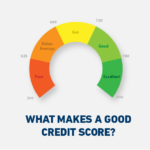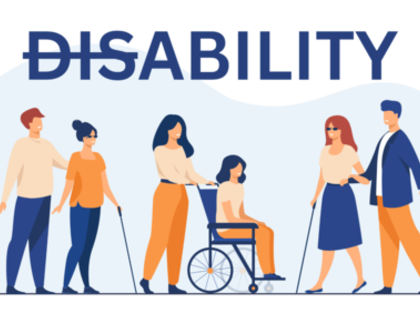Losing weight can be a challenge for many people. With so much conflicting advice online, it’s hard to know where to start and which diet plan is the “best” for fast and sustainable weight loss. The truth is, there is no single best diet that works for everyone. Weight loss depends on many factors like your metabolism, food preferences, lifestyle, and more.
The key is finding a balanced approach that promotes healthy, long-lasting lifestyle changes. Extreme or overly restrictive diets are difficult to maintain over time. This guide provides an overview of evidence-based strategies to help you lose weight safely and effectively.
Achieving and maintaining a healthy weight is a common goal for many individuals, and a well-balanced diet plays a crucial role in this journey. With the myriad of diet plans available, it can be challenging to identify the most effective and sustainable approach. In this article, we will explore the key components of the best diet plan for weight loss.
Section 1: Understanding the Basics 1.1. Caloric Deficit:
- The fundamental principle of weight loss is creating a caloric deficit, where you consume fewer calories than your body expends.
- Calculate your daily caloric needs and establish a moderate deficit to promote steady and sustainable weight loss.
1.2. Macronutrient Balance:
- Focus on a balanced distribution of macronutrients – carbohydrates, proteins, and fats – to support overall health and provide sustained energy.
- Aim for a higher protein intake to preserve muscle mass and enhance satiety.
Section 2: Choosing the Right Foods 2.1. Whole Foods:
- Prioritize whole, nutrient-dense foods such as fruits, vegetables, lean proteins, whole grains, and healthy fats.
- Avoid or limit processed foods, as they often contain added sugars, preservatives, and empty calories.
2.2. Portion Control:
- Be mindful of portion sizes to prevent overeating, even when consuming healthy foods.
- Consider using smaller plates to create the illusion of a fuller plate with fewer calories.
Section 3: Sustainable Eating Habits 3.1. Meal Timing:
- Establish a regular eating schedule with balanced meals and snacks throughout the day.
- Avoid skipping meals, as it can lead to overeating later in the day.
3.2. Hydration:
- Stay adequately hydrated by drinking water throughout the day. Sometimes, thirst can be mistaken for hunger.
- Limit sugary beverages and prioritize water, herbal teas, or infused water.
Section 4: Exercise and Physical Activity 4.1. Incorporate Regular Exercise:
- Combine a healthy diet with regular physical activity to enhance weight loss and improve overall well-being.
- Include a mix of cardiovascular exercises, strength training, and flexibility exercises.
4.2. Find Enjoyable Activities:
- Choose activities you enjoy to make exercise a sustainable part of your routine.
- Experiment with various forms of physical activity to keep things interesting.
Section 5: Mindful Eating 5.1. Listen to Your Body:
- Pay attention to hunger and fullness cues, eating only when hungry and stopping when satisfied.
- Avoid emotional or mindless eating by staying present during meals.
5.2. Be Patient and Consistent:
- Weight loss is a gradual process; be patient and celebrate small victories along the way.
- Consistency is key – focus on adopting sustainable habits rather than quick fixes.
The best diet plan for weight loss is a personalized and sustainable approach that involves a balanced diet, regular physical activity, and mindful eating habits. By understanding the basics, choosing the right foods, and adopting healthy lifestyle habits, individuals can achieve their weight loss goals in a way that promotes overall well-being and long-term success. Remember, it’s not just about losing weight but creating a healthier and more fulfilling life.




